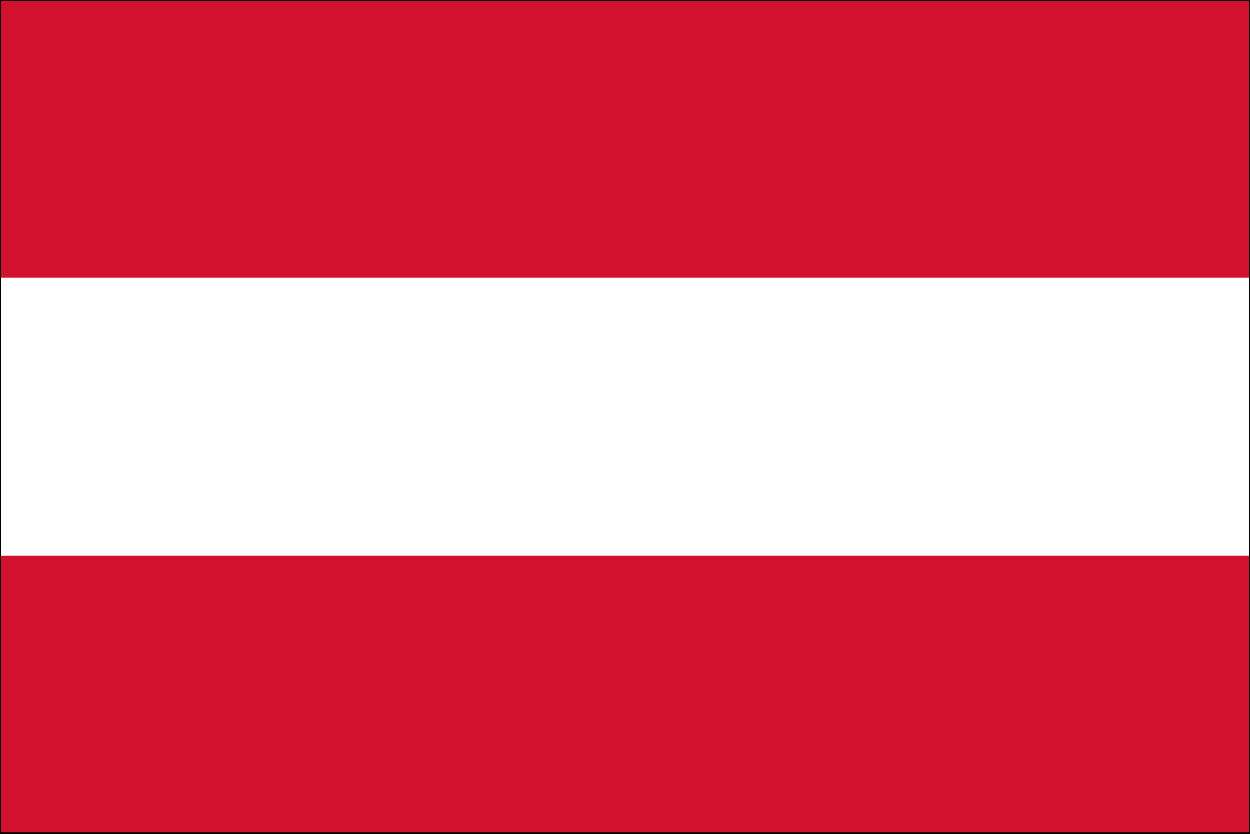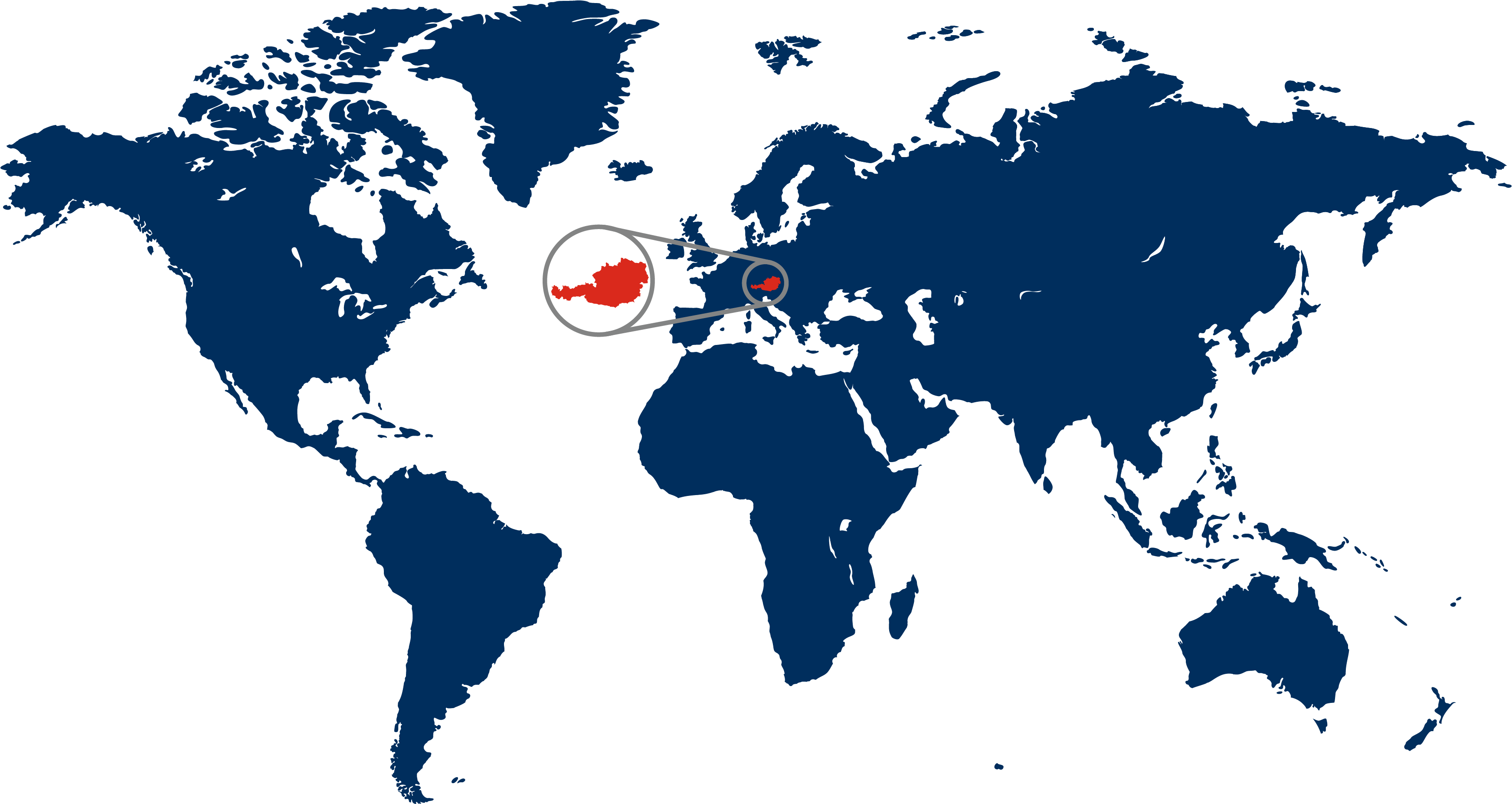Austria Travelogue
Articles
Travelogues
View more from News & Articles or Primerus Weekly

By Tom Kirvan
Austria, located in the heart of Europe, is home to approximately 9 million people. The country is known for its high standard of living, rich cultural heritage, and well-preserved traditions. The population is predominantly Austrian German-speaking, with small communities of ethnic minorities, including Croatians, Hungarians, and Slovenes, reflecting the country’s historical ties with neighboring regions.
Austria's geography is defined by its location within the Alps, which cover nearly two-thirds of the country. This mountainous terrain gives Austria some of the most stunning landscapes in Europe, with towering peaks, picturesque valleys, and crystal-clear lakes. The eastern region of Austria, particularly around Vienna, is part of the broader Danube Basin, making it more conducive to agriculture. The Danube River, one of Europe's major waterways, flows through Austria, connecting it with several other countries. Austria's climate varies from temperate in the east to alpine in the west, with snowy winters that make it a premier destination for skiing and other winter sports.
Austria has a rich and complex history that spans thousands of years, playing a central role in European history. The country was once the heart of the vast Habsburg Empire, which controlled much of Central Europe for centuries. The Habsburgs were one of Europe’s most influential royal families, and under their rule, Austria became a center of art, culture, and power. The empire's decline in the early 20th century, following World War I, led to the establishment of the Republic of Austria. During World War II, Austria was annexed by Nazi Germany, but it regained its independence in 1955. Today, Austria is a stable and prosperous democratic republic, known for its neutrality, which has played a significant role in its foreign policy since World War II.
Austria boasts a highly developed and diversified economy, with a strong industrial base and a well-established service sector. The country is one of the wealthiest in the European Union, with a high GDP per capita and a low unemployment rate. Austria's economy is largely driven by manufacturing, particularly in the fields of machinery, chemicals, and vehicles. The country is also known for its banking and insurance sectors, as well as a significant tourism industry. Austria’s picturesque landscapes, cultural heritage, and historical sites attract millions of tourists every year. Additionally, Austria is a member of the European Union, the Eurozone, and the Schengen Agreement, which enhances its economic integration with the rest of Europe.


Capital: Vienna
Population: 9 million
Primary Language: German
Primary Religions: Christianity, Islam
Highest Mountain Peak: Grossglockner, 12,460 feet
Primerus Member: OBLIN Rechtsanwälte
OBLIN Rechtsanwälte, an international business law firm located in Vienna.
Vienna, the capital and largest city of Austria, is steeped in history, culture, and elegance. With a population of around 1.9 million, Vienna is not only the political and economic heart of Austria, but also a global cultural hub. Known for its imperial palaces, classical music, and vibrant arts scene, Vienna has been home to many of history’s greatest composers, including Mozart, Beethoven, and Strauss. The city's architecture is a blend of Baroque, Gothic, and modern styles, with landmarks like the Schönbrunn Palace, St. Stephen’s Cathedral, and the Vienna State Opera standing as testaments to its rich cultural heritage. Vienna is also famous for its coffeehouse culture, offering a unique blend of history, social interaction, and culinary delights.
Top 5 Must-See Tourist Destinations